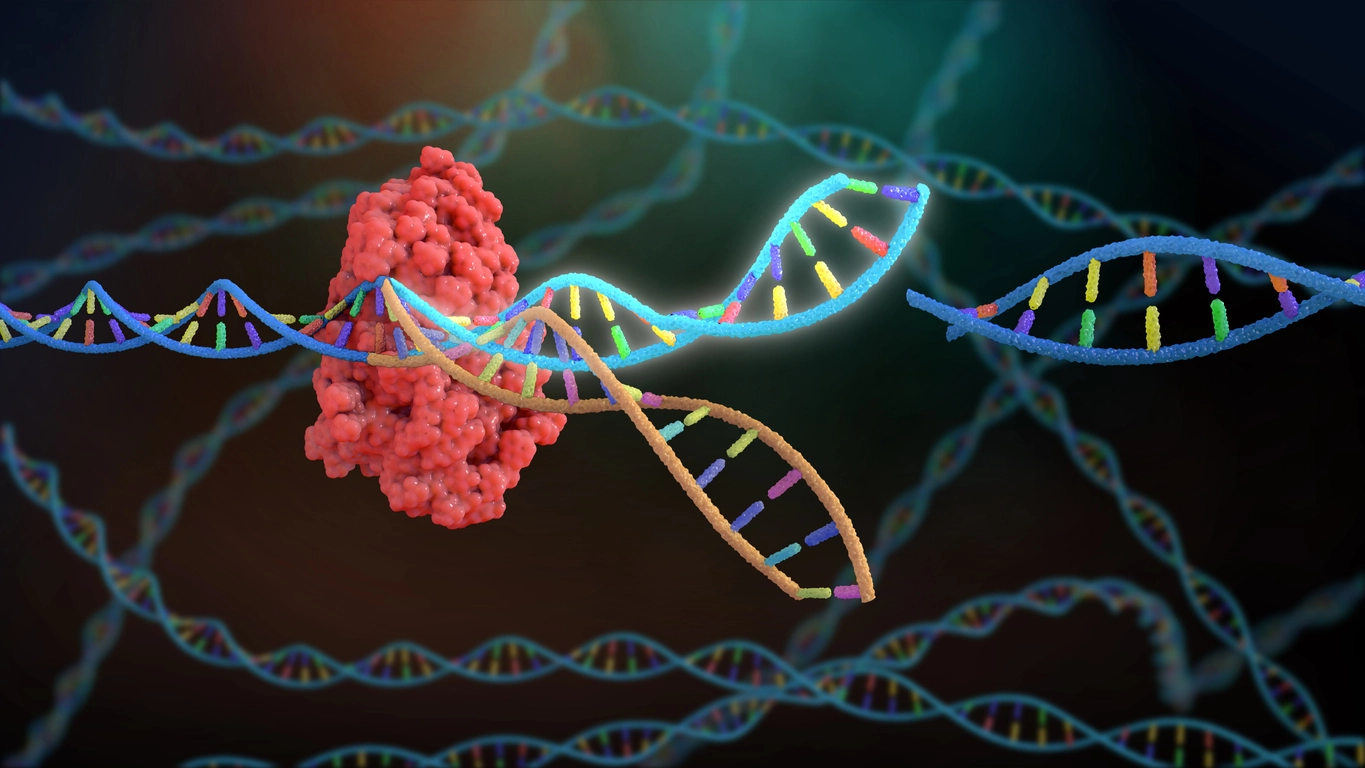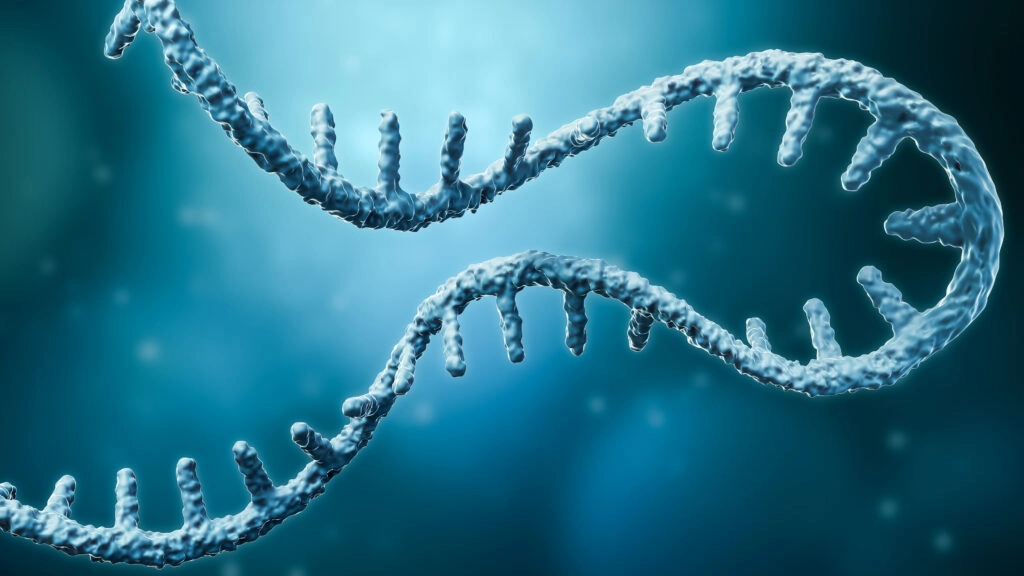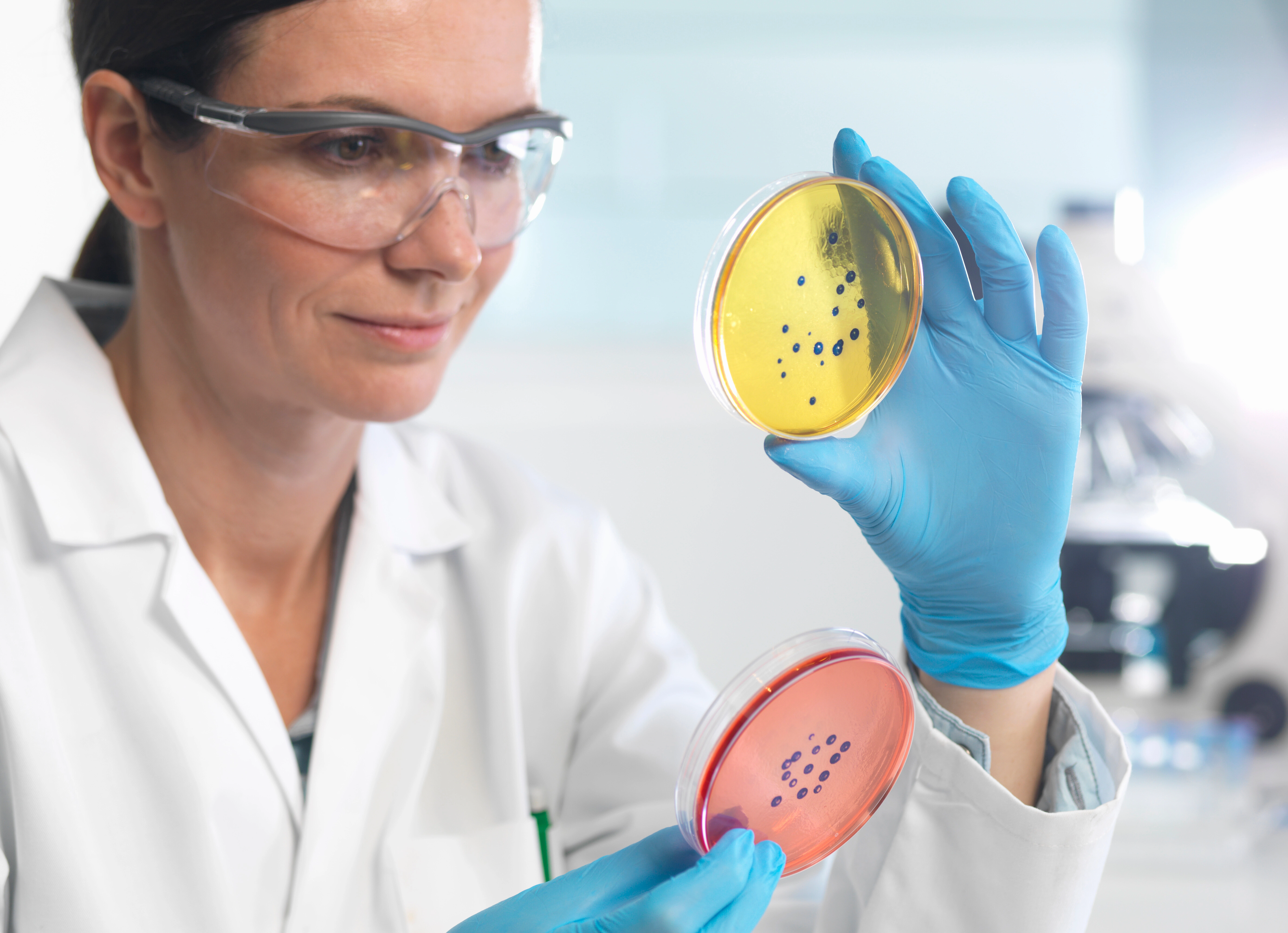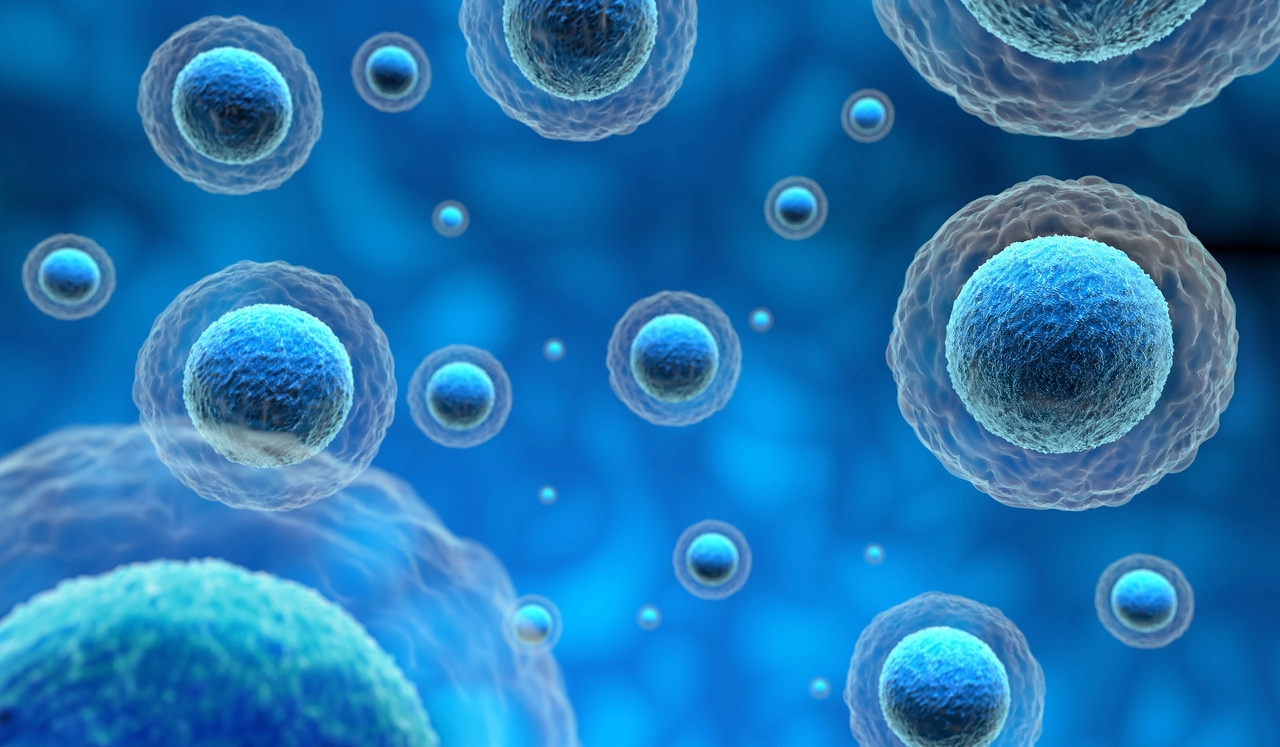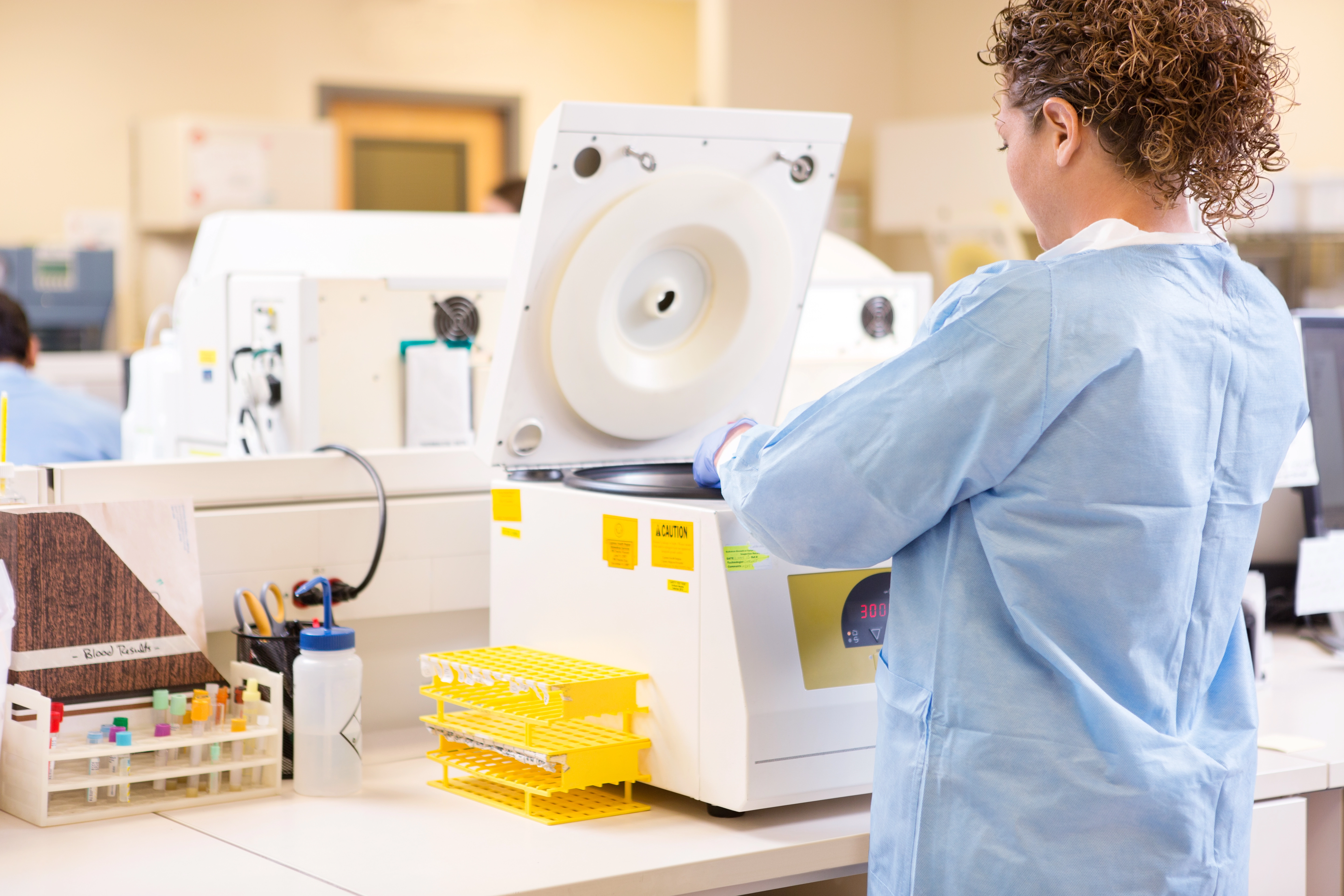Blogs
Latest articles, research insights, and industry updates
Blog
Personalized Gene Editing Triumph: A CRISPR Miracle for a Rare Pediatric Genetic Disorder
CPS1 (carbamoyl phosphate synthetase 1) is a mitochondrial enzyme that initiates the urea cycle by converting ammonia and bicarbonate into carbamoyl p...
GentaurSep 10, 2025
Blog
TIGR-Tas: The Compact Gene-Editing Pioneer of 2025
Compact & versatile: At about one-quarter the size of Cas9, TIGR‑Tas systems are easier to deliver into cells—especially important for therapeutic...
GentaurSep 3, 2025
Blog
Gene Editing Tools: Revolutionizing Biotechnology and Medicine
Gene editing refers to the process of making intentional changes to the DNA of an organism. This can involve adding, removing, or altering specific ge...
GentaurSep 2, 2025
Blog
Gene Silencing Methods: Exploring the Techniques for Targeted Gene Expression Regulation
Gene silencing refers to the process of reducing or completely shutting down the expression of a gene. Gene expression involves the transcription of D...
GentaurSep 2, 2025
Blog
CircRNA in Depression Diagnostics
Major Depressive Disorder (MDD) remains one of the most prevalent and disabling mental health conditions worldwide, affecting over 264 million people ...
GentaurSep 2, 2025
Blog
Bacillus : Molecular Biology, Ecology, and Biomedical Importance
The genus Bacillus represents a diverse group of Gram-positive, rod-shaped, endospore-forming bacteria that are widely studied across microbiology, bi...
GentaurAug 26, 2025
Blog
Understanding Skin Cell Lines : A Technical Overview for Experts
HaCaT cells are a spontaneously immortalized, aneuploid human keratinocyte line, noted for retaining differentiation potential in vitro—making them a ...
GentaurAug 19, 2025
Blog
Organoids in Research: Bridging the Gap Between Cell Culture and Human Biology
Organoids are three-dimensional (3D) cellular structures grown from stem cells that mimic the architecture, functionality, and cell diversity of real ...
GentaurAug 15, 2025
Blog
qPCR vs. Digital PCR: Choosing the Right Quantification Method
Quantitative PCR (qPCR) and digital PCR (dPCR) are two powerful nucleic acid quantification techniques that have transformed molecular biology, diagno...
GentaurAug 15, 2025

